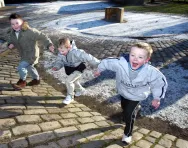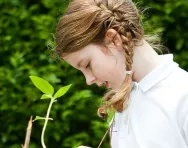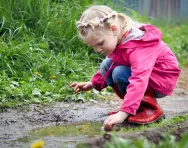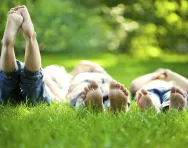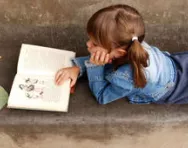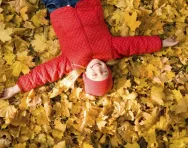TheSchoolRun.com closure date
As we informed you a few months ago, TheSchoolRun has had to make the difficult decision to close due to financial pressures and the company has now ceased trading. We had hoped to keep our content available through a partnership with another educational provider, but this provider has since withdrawn from the agreement.
As a result, we now have to permanently close TheSchoolRun.com. However, to give subscribers time to download any content they’d like to keep, we will keep the website open until 31st July 2025. After this date, the site will be taken down and there will be no further access to any resources. We strongly encourage you to download and save any resources you think you may want to use in the future.
In particular, we suggest downloading:
- Learning packs
- All the worksheets from the 11+ programme, if you are following this with your child
- Complete Learning Journey programmes (the packs below include all 40 worksheets for each programme)
You should already have received 16 primary school eBooks (worth £108.84) to download and keep. If you haven’t received these, please contact us at [email protected] before 31st July 2025, and we will send them to you.
We are very sorry that there is no way to continue offering access to resources and sincerely apologise for the inconvenience caused.
Learning English and maths outdoors
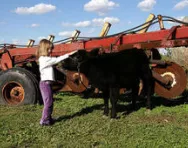
We often think that outdoor learning is synonymous with the school trip, but it needn’t be! As a parent you can use outdoor activities and trips to give your children physical examples and experiences to help them with their literacy and numeracy skills.
Children who may struggle with classroom-based learning often excel when learning in outdoor environments because it releases them from the pressures they may associate with school.
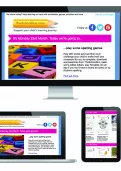
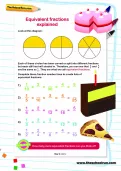
Boost Your Child's English & Maths!
- Weekly programme for each school year
- Worksheets sent direct to your inbox
- Keeps your child's learning on track
Outdoor learning can take place in massively diverse settings – whether it’s your back garden, your local park, a heritage site, or a farm, you will find there are many activities and games you can play with your kids to stimulate and extend their literacy and numeracy skills.
Outdoor learning and literacy
Try these fun activities to boost literacy skills:
1. Storytelling fun
When you’re outdoors ask your child to pick something they see to tell you a story about. It could be a tree that has stood for hundreds of years. What might it have seen?
2. What can you see, what can you spell?
Asking children to identify objects and species is a useful way of encouraging observations of their surroundings. See if your child knows the name of something you point at – if it is a tree, what type is it? Can they take a guess at how it is spelt? Perhaps they can start a nature book to record details of what they see outdoors.
3. Countryside rules!
As every parent well knows, all outdoor settings need to be treated with respect. Composing a set of rules for the setting, either jotted down into a notepad or just discussed can help children to think carefully about their surroundings while using appropriate language. Examples could be, ‘Don’t disturb nests’ or ‘Remember to shut gates’.
4. Character games
All children are natural actors, so asking them to become a character from the setting you are in shouldn’t be too hard! Your child could choose their favourite bird and find things in the surroundings that it might use to build its nest or things it might eat.
Outdoor learning and numeracy
Try these fun activities to boost numeracy skills:
1. A-mazing
Mazes are an excellent way of helping your child with numeracy. Exploring direction and logic, mazes extend children’s classroom numeracy skills in a fun and interactive setting. Ask your child to draw directions as they go and then test them out yourself!
2. Shape-spotting
The world around us contains so many different shapes. When out with your child, ask them what shapes they can see in buildings, trees, leaves and wildlife.
3. Survey skills
Try doing a survey! It could be on anything: cars, wildlife or trees. Your child could record the number of the items they see as pictures, tallies or as numbers, and even put their results in a graph.
4. Fun with seeds
Look at a variety of seeds and ask your child to point out similarities and differences between them, such as size, colour, shape and weight. Plant some seeds and make a chart, recording the size of the plant and ask your child how long they think it will take to grow to a certain height.
